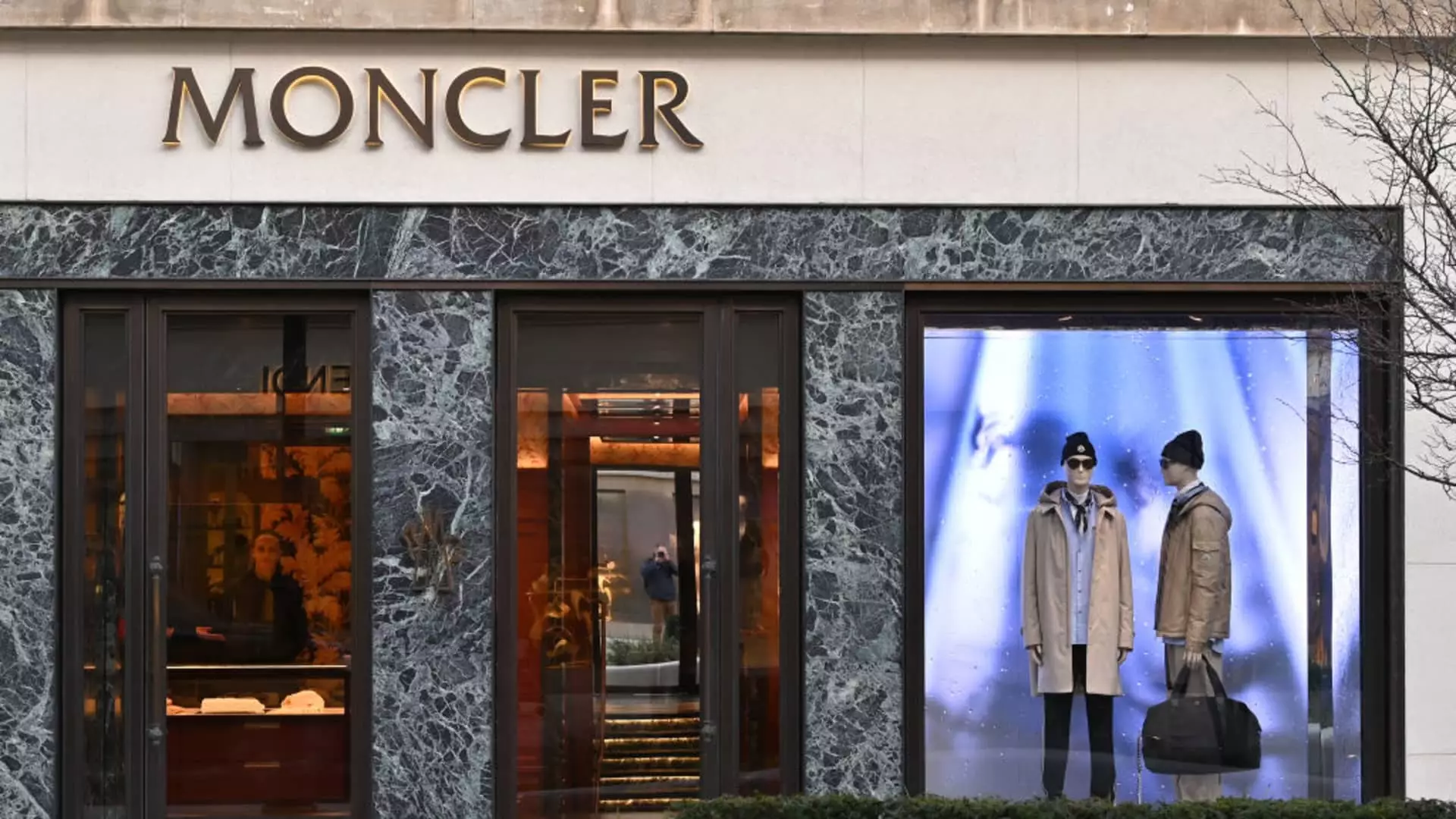Moncler, a symbol of Italian craftsmanship and luxury, finds itself at a pivotal crossroads. Despite its reputation for exclusivity and quality, recent strategies reveal a vulnerability that cannot be ignored. The company’s reliance on minimal price hikes to counteract the early effects of U.S. tariffs is a deflection, not a cure. This tepid approach signals a recognition of deeper economic undercurrents that threaten to destabilize the luxury sector—an industry that has long been perceived as resilient but now reveals how fragile that perception truly is.
In its latest earnings call, Moncler executives spoke cautiously about potential store expansions in 2026, emphasizing flexibility amid broad economic uncertainty. The luxury house’s attempt to manage rising input costs with incremental price increases seems more like a band-aid than a cure. Such cautious tactics reflect a broader discomfort with the current fiscal climate, highlighting the industry’s precarious balance between maintaining exclusivity and accommodating an increasingly price-sensitive clientele. Luxury brands are slowly realizing that consumer confidence may be waning, and that their once-robust pricing power is now under siege.
The Unrealistic Hope of Market Recovery
Moncler’s mixed sales figures and subdued growth suggest that the anticipated rebound in global markets is more hope than reality. The dip in second-quarter revenues, especially in Europe and EMEA, underscores the uneven nature of economic recovery. A decline of 8% in some regions is not merely a blip; it’s an indication that the broader macroeconomic landscape is gripped by uncertainty. Weak tourism, currency fluctuations, and geopolitical instability further compound the challenge, exposing the fallacy of assuming a simple bounce-back in luxury spending.
The U.S. market exhibits signs of distortion—an uptick of 5%, but with a clear ambiguity regarding whether this was driven by consumers rushing to buy ahead of tariffs or genuine demand. Such ambiguity underscores the volatility of the luxury ecosystem amid external shocks. It suggests that what may appear as resilient purchasing patterns is, in reality, a temporary response to uncertainty rather than a sign of sustained growth.
The Fragility of Growth and the Risk of Overextension
Moncler’s strategy of cautious expansion underscores why the luxury industry needs to rethink its assumptions about growth. While the brand plans to explore new store openings in 2026, it remains acutely aware of the potential pitfalls. Postponements and scaled-back ambitions are not signs of weakness—they are prudent responses to a fragile global economy. This hesitation signals an understanding that sentimental optimism about future growth could be dangerous, especially if economic conditions continue to deteriorate or if consumer spending further contracts.
Moreover, the company’s acknowledgment that the luxury market depends heavily on macro trends and currency movements reveals a fundamental truth: no matter how high the brand’s prestige, it remains vulnerable to external forces beyond its control. The rebalancing in Japan and stagnant sales in China show that regional challenges can quickly turn promising outlooks into cautionary tales. The risk here is that overconfidence in international markets might blind brands to emerging threats rather than prepare them for inevitable downturns.
The Uncertain Future of Luxury Amid Growing Economic Tensions
The broader context reveals a luxury industry inching toward a moment of reckoning. The short-term patchwork solutions—modest price hikes and tentative expansion plans—are unlikely to suffice if macroeconomic pressures persist. Moncler’s hesitance echoes a more general trend: industry players need to embrace humility and realism, understanding that their core market—aspirational consumers—may become more cautious in times of economic turbulence.
It’s increasingly clear that the luxury sector cannot solely rely on market dominance and brand equity to shelter itself from systemic risks. Instead, it must innovate in its business models, focus on value and relevance, and foster genuine consumer loyalty rather than perception-driven exclusivity. Without this shift, brands like Moncler risk falling into a cycle of superficial resilience—appearing strong on paper but fundamentally fragile in practice—until the next economic storm hits.

